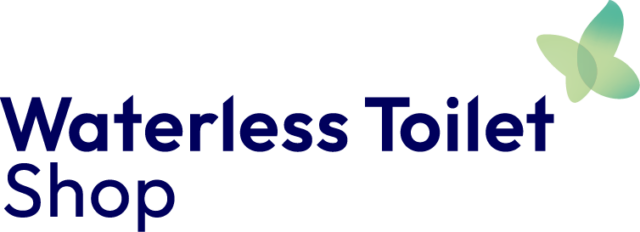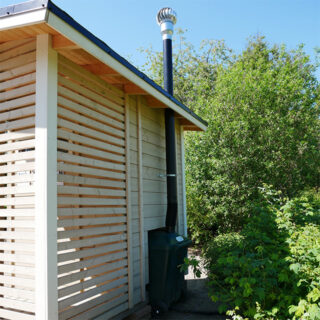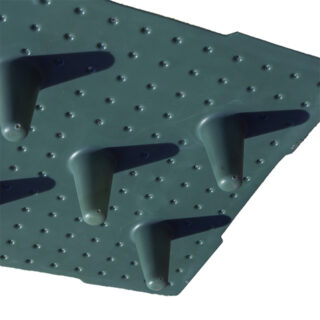📞 Customer Service Hours
We’re here to help!
📱 Phone: 1-702-328-0689
💬 Live Chat: Start a Chat Now
Our team is always available to assist you during the following hours:
Monday – Friday: 6:00 AM – 2:00 PM Pacific Time
Saturday – Sunday: Closed
Holidays: Closed
Have a question outside of our service hours?
Feel free to leave us a message through our contact form or email us at info@waterlesstoiletshop.com.
We’ll get back to you as soon as possible on the next business day.


Green Toilet features ventilation pipes.
On top of the vent pipe stack here is a Whirlybird

Green Toilet’s double base from below